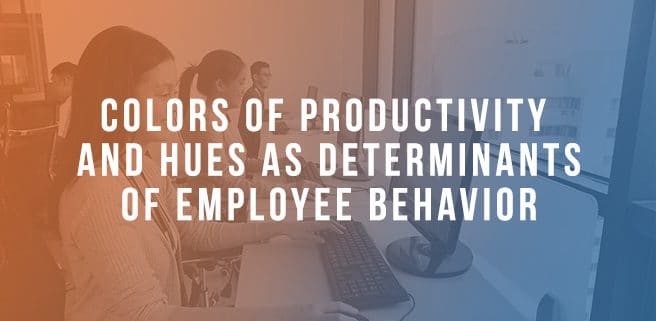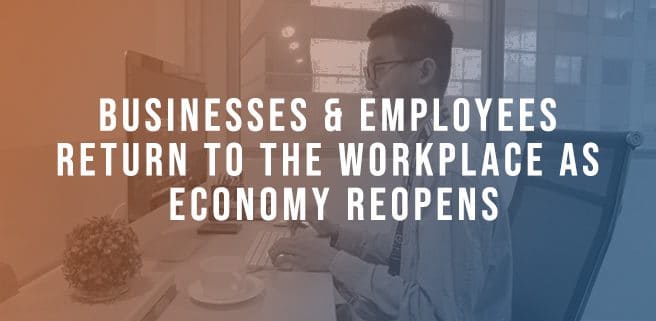Five Steps to Find the Perfect Office Space in Makati
Setting up a new business and growing it needs adaptable and flexible infrastructure. For this, the team has to invest in a professional space to get a positive work environment; this is where the office spaces in Makati can be the best bet.
There are multiple choices available in this city in the Philippines. How can you make a fruitful decision without getting confused about the options available?
Here is what the expert business owners suggest to follow and find suitable options for Offices in Makati.
Five steps to finding an office space in Makati
- Suitable location
The first step is to choose a proper location in the business district. Find and list the top business locations where office space can be available for setting up a business.
Once you get the list of locations, start comparing the possible rents and expenses for all the areas. Make sure you and the employees can commute to that location easily. Long-distance commutes reduce productivity. Hence, choose a spot wisely.
- Service providers
Check the best service providers offering different types of office space to choose from. Now that you have decided on a location, finding the office service provider will not be a problem anymore. Focus on the services and infrastructure provided by the office spaces along with the charges. Compare these packages covering rent and other services and then proceed to make a proper decision.
- Check flexible choices
In this aspect, experts suggest going with the co-working space in Makati. A great idea to save a lot of resources when setting up your office for the first time. This service comes with pre-installed infrastructure and services such as reception, security, concierge, cafeteria, parking, etc. There is no need to invest a lump sum amount when you can easily cover all your needs by simply choosing and customizing a service package.
- Compare and negotiate
Compare the service charges asked by the office space providers along with the services. You will get a handful of names to proceed with. These names will reveal which ones are the ideal to stick to.
Make a quick visit to the location to find out the suitability of the office space, area and the services offered. It is also mandatory to judge the infrastructure of the chosen Offices in Makati and then make a suitable decision.
- Space to grow
The final step to finding an office for your business operations is a customized space. Make sure you have chosen an office where you can grow if needed. Your space requirement might increase in due course of time. There is no need to shift to another location and exploit your finances when you can get more options on the same premises.
Verdict
These five steps will help you choose the most efficient and suitable office space for your business purposes. Set your workstation according to your need and enjoy the best services.
Are you looking for fully furnished and customizable office facilities? Contact us now.








 Though the effect of each color has different meaning from one person to another, Color Psychologist Angela Wright said that there are four primary psychological colors; red, blue, yellow and green.
Though the effect of each color has different meaning from one person to another, Color Psychologist Angela Wright said that there are four primary psychological colors; red, blue, yellow and green.











